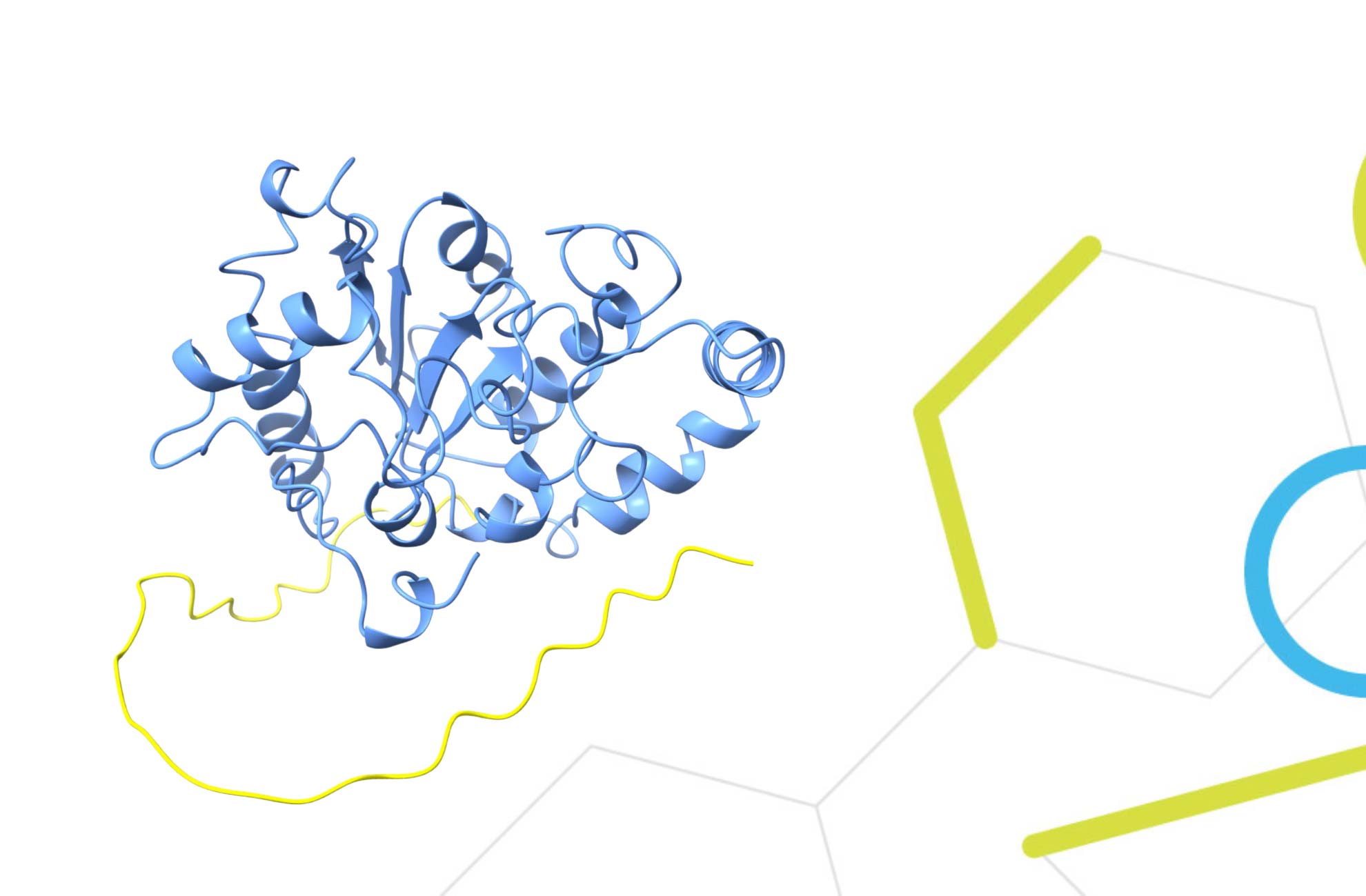25 May 2023
High-throughput genotyping – get better results faster
Science is continually moving toward more accurate and individual-specific approaches when it comes to developing new genotyping technologies.
In light of that, Solis BioDyne would like to discuss high-throughput genotyping, which allows for a large number of precise results to be obtained fast.
What is high-throughput genotyping?
To understand high-throughput genotyping, one should first know what is high-throughput and what is genotyping.
High-throughput means doing large amounts of automated testing at the same time, which allows analyzing even thousands of samples in a very short amount of time.
Genotyping is a method used to compare one individual’s genetic makeup with another individual’s or find out if the genotype of interest matches a reference sequence. This is done to find the differences and similarities between the genomic sequences of individuals, for example, to find genetic markers for diseases or to determine paternity.
Genotyping is of course not limited to humans. This method can be used to analyze any organism’s genotype like animals, plants, bacteria, etc. [1][2][3][4].
While similar, it is important to not confuse DNA sequencing with DNA genotyping. By DNA sequencing nucleotide order is determined, which may or may not have any value. This library of genetic information can be used to identify new genetic markers for rare diseases by comparing the genomes of individuals with a disease with healthy individuals and finding the differences between their genomes, etc.
DNA genotyping means comparing already known areas of the DNA to a DNA sequence of interest to see if an individual has the markers indicating, for example, a specific genetic disease. In this case, it is already known which markers indicate the disease and where they are located in the sequence. There is no need to look for them, only compare the two sequences. That being said, some DNA genotyping methods involve sequencing, for example, GBS (genotyping by sequencing) [5].
When put together, high-throughput genotyping means simultaneously identifying a large number of genetic markers in a large number of individuals. However, the number of markers and individuals can vary depending on the research setup.
How does high-throughput genotyping work?
Since genotyping requires either a reference sequence or another sequence to compare your sequence of interest to, it’s important to have one first. From the PCR genotyping point of view, it is important to have a good understanding of the target and any potential variations within it. This includes identifying any single nucleotide polymorphisms (SNPs), insertions, deletions, or other genetic modifications that may be present. That way a specific detection system can be designed to distinguish between similar genotypes. Reference sequences can be found using databases like RefSeq (NCBI Reference Sequence Database) or GenBank. It is also possible to compare individuals with each other in which case DNA samples of different individuals are required.
Although there are different methods for high-throughput genotyping (GBS, SPET, microarrays, etc.) [2][5][6], we will focus on PCR and qPCR.
As a first step, you need to design primers if you are using PCR, and also probes if you are using qPCR. You can read more about designing primers and probes from Solis BioDyne’s blog post. Then genomic DNA has to be extracted and purified from the tissue sample (e.g. blood, leaves). Once you have your DNA, it’s time for (q)PCR. (Although recently using mRNA genotyping has become quite popular as well to find out what has really been expressed.) Either way for the (q)PCR, we recommend opting for a master mix, since using pre-mixed solutions will make the experiment setup faster and you can more easily avoid contamination and pipetting errors. In the below section, you can learn more about how to obtain your results even faster with SolisFAST® options.
Once you have your samples prepared, it’s time for the reaction. As already mentioned before, the high-throughput method is largely automated. Of course, this assumes that you have a machine that is capable of doing high-throughput PCR or qPCR. The great thing about genotyping with PCR or qPCR is that you can use multiplexing, which allows you to identify different targets of the same pathogen or multiple pathogens in one reaction. There is also the possibility to amplify fragments containing polymorphism sites, followed by the detection of specific detection probes. For example, SNP genotyping, and allelic discrimination [7][8]. Dye-based solutions can also be used, the best example is HRM and specific melting curve profiles [7][9]. You might still need to optimize your protocol, but once this is done you can either grab lunch or do something else while the machine does the work.
After the machine has finished, you only need to analyze the results and determine the next course of action.
Why is high-throughput genotyping useful?
As mentioned before, with high-throughput genotyping it is possible to analyze even thousands of genetic markers simultaneously. This enables really fast diagnostics, allowing for example to make food production more efficient to support the growing population and find a cure for diseases before they get of out hand. In addition, doing everything together at the same time saves time and money for the researchers. Not to mention having a more stable and comfortable workflow with automation and robotics doing most of the work. There is a smaller risk of contamination, fewer pipetting errors, better quality, and consistent and reliable results.
Where is high-throughput genotyping used?
In addition to diagnosing genetic diseases (human, plant, animal) or doing paternity tests, high-throughput genotyping is also used in research [10][11]. It is an instrumental technology in identifying genotypes associated with drug response or studying the inheritability of genetic diseases [12]. It can also be used for breeding in agriculture (plants and animals), to create transgenic animals [3] and plants [2], to test the quality of food [1], and stop viruses or bacterial infections from spreading [4].
Solis BioDyne’s solutions for high-throughput genotyping
In high-throughput and automation setups, the reagents are often at higher temperatures for a long time, which can have a negative effect on enzyme activity, but all Solis BioDyne’s enzymes contain the Stability TAG, thanks to which they are more stable at high temperatures and therefore very automation friendly.
SolisFAST® qPCR range offers ready-to-use probe- and dye-based qPCR mixes for fast, highly sensitive, and reproducible qPCR assays. Combining the in silico designed inhibitor tolerant SolisFAST® DNA Polymerase and an optimized buffer, the SolisFAST® qPCR Mixes enable robust qPCR performance and accurate target detection in demanding conditions. The product line offers ice-free shipping and reaction set-up.
For endpoint PCR, SolisFAST® Master Mix gives reliable results in single- and multiplex assays and has high specificity and yield. You can get results fast and there is also a dUTP/UNG-containing Mix available to prevent carryover contamination.
Another option for endpoint PCR is HOT FIREPol® Blend Master Mix Ready to Load. It offers increased yield, sensitivity, and specificity up to 5x higher fidelity. This Mix is suitable for templates up to 5 kb, has reduced primer dimer formation, and can be loaded directly on the gel after PCR. In addition, it is compatible with Illumina sequencing and customers report 52x multiplexing ability.
You can also use HOT TERMIPol® DNA Polymerase for endpoint PCR. It efficiently incorporates unconventional nucleotides and can be used for SNP detection, primer extension assay, mass array, sanger sequencing, MALDI-TOF, microarray, and DNA labeling.
For a fast overview, check out the high-throughput genotyping flyer.
References
- Morovic W, Hibberd AA, Zabel B, Barrangou R, Stahl B. Genotyping by pcr and high-throughput sequencing of commercial probiotic products reveals composition biases. Front Microbiol. 2016;7:1747.
- Barchi L, Acquadro A, Alonso D, et al. Single primer enrichment technology (Spet) for high-throughput genotyping in tomato and eggplant germplasm. Front Plant Sci. 2019;10:1005.
- Jacquot S, Chartoire N, Piguet F, Hérault Y, Pavlovic G. Optimizing pcr for mouse genotyping: recommendations for reliable, rapid, cost effective, robust and adaptable to high-throughput genotyping protocol for any type of mutation. Curr Protoc Mouse Biol. 2019;9(4):e65.
- Rattanachak N, Weawsiangsang S, Daowtak K, et al. High-throughput transcriptomic profiling reveals the inhibitory effect of hydroquinine on virulence factors in pseudomonas aeruginosa. Antibiotics (Basel). 2022;11(10):1436.
- Wickland DP, Battu G, Hudson KA, Diers BW, Hudson ME. A comparison of genotyping-by-sequencing analysis methods on low-coverage crop datasets shows advantages of a new workflow, GB-eaSy. BMC Bioinformatics. 2017;18(1):586.
- Lian J, Schultz C, Cao M, HamediRad M, Zhao H. Multi-functional genome-wide CRISPR system for high throughput genotype-phenotype mapping. Nat Commun. 2019;10(1):5794.
- Kreitmann L, Miglietta L, Xu K, et al. Next-generation molecular diagnostics: Leveraging digital technologies to enhance multiplexing in real-time PCR. Trends Analyt Chem. 2023;160:116963.
- Emaus MN, Anderson JL. Allelic discrimination between circulating tumor DNA fragments enabled by a multiplex-qPCR assay containing DNA-enriched magnetic ionic liquids. Anal Chim Acta. 2020;1124:184-193.
- Ashrafi R, Bruneaux M, Sundberg LR, Pulkkinen K, Ketola T. Application of high resolution melting assay (Hrm) to study temperature-dependent intraspecific competition in a pathogenic bacterium. Sci Rep. 2017;7(1):980.
- Ramlee MK, Yan T, Cheung AMS, Chuah CTH, Li S. High-throughput genotyping of CRISPR/Cas9-mediated mutants using fluorescent PCR-capillary gel electrophoresis. Sci Rep. 2015;5:15587.
- Fedick A, Su J, Jalas C, Treff NR. High-throughput real-time PCR-based genotyping without DNA purification. BMC Res Notes. 2012;5:573.
- Akhtari FS, Green AJ, Small GW, et al. High-throughput screening and genome-wide analyses of 44 anticancer drugs in the 1000 Genomes cell lines reveals an association of the NQO1 gene with the response of multiple anticancer drugs. PLoS Genet. 2021;17(8):e1009732.

 Find products for your research
Find products for your research


